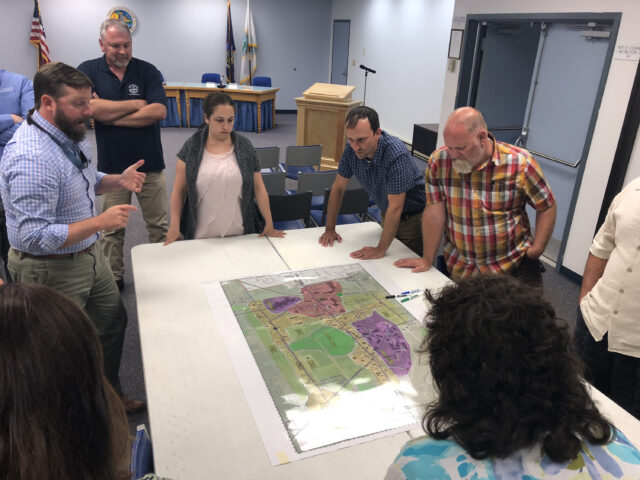The Evolution of Public Relations

In the dynamic landscape of communication, the evolution of public relations (PR) has been profoundly influenced by the advent of the digital age. Gone are the days when PR solely relied on traditional media outlets to disseminate messages. Today, the digital sphere offers a plethora of channels and platforms through which PR professionals can engage with their audiences in real time. This shift has not only transformed the way PR operates but has also redefined the relationship between organizations and the public. In this article, we delve into the multifaceted evolution of public relations in the digital age and explore the strategies that have emerged to navigate this new terrain.
Embracing Digital Platforms: From Press Releases to Social Media
One of the most significant changes in PR practices is the migration from traditional press releases to digital platforms. While press releases remain a valuable tool for disseminating information, social media platforms have become indispensable for engaging with diverse audiences. Platforms like Twitter, Facebook, and LinkedIn offer PR professionals the ability to interact directly with stakeholders, respond to inquiries in real-time, and shape public perception through curated content.
Moreover, the rise of multimedia content has revolutionized PR strategies. Visual elements such as videos, infographics, and live streams can convey messages more effectively than text alone, capturing the attention of audiences in an increasingly crowded digital landscape. By leveraging these multimedia formats, PR practitioners can create engaging narratives that resonate with their target demographic and drive meaningful conversations.
The Power of Influencer Marketing: Building Authentic Connections
Influencer marketing has emerged as a powerful tool for shaping public opinion and driving brand awareness in the digital age. By collaborating with influencers who align with their values and target audience, organizations can reach new demographics and cultivate authentic connections with consumers. Unlike traditional celebrity endorsements, influencer partnerships often feel more genuine and relatable, fostering trust and credibility among followers.
Furthermore, the rise of micro-influencers has democratized influencer marketing, allowing brands to engage with niche communities and hyper-targeted audiences. These influencers may have smaller follower counts but boast higher engagement rates and deeper connections with their followers. As such, they offer a valuable opportunity for brands to establish meaningful relationships with specific market segments and drive conversions through authentic storytelling.
Data-Driven Insights: Optimizing PR Strategies for Success
In the digital age, data-driven insights play a crucial role in optimizing PR strategies and measuring success. With access to a wealth of analytics tools and metrics, PR professionals can track key performance indicators, monitor sentiment analysis, and gauge the impact of their campaigns in real-time. By leveraging these insights, organizations can refine their messaging, identify emerging trends, and tailor their PR efforts to resonate with their target audience.
Moreover, data analytics enable PR practitioners to conduct in-depth audience segmentation and personalization, delivering tailored content to specific demographics based on their preferences and behaviors. This targeted approach not only enhances engagement but also increases the likelihood of conversion, driving tangible results for organizations in an increasingly competitive digital landscape.
Navigating Crisis Communication in the Digital Age: Transparency and Authenticity
In the age of social media and instant communication, effective crisis management is more critical than ever. With news spreading rapidly across digital channels, organizations must respond swiftly and transparently to mitigate reputational damage and regain public trust. Transparency and authenticity are paramount in crisis communication, as audiences expect honesty and accountability from brands facing adversity.

Social media monitoring tools play a crucial role in crisis management, enabling PR teams to track conversations, identify potential issues, and respond proactively to emerging crises. By addressing concerns in a timely manner and providing transparent updates, organizations can demonstrate their commitment to integrity and build credibility with stakeholders.
Conclusion: Adapting to the Digital Paradigm
The evolution of public relations in the digital age represents a paradigm shift in the way organizations communicate and engage with the public. By embracing digital platforms, leveraging influencer marketing, harnessing data-driven insights, and prioritizing transparency in crisis communication, PR professionals can navigate this new terrain with confidence and drive meaningful impact for their organizations. As the digital landscape continues to evolve, staying agile and adaptable will be key to success in the ever-changing world of public relations. For more insights and further information about the evolution of public relations, you may visit BBN Times to learn more.



